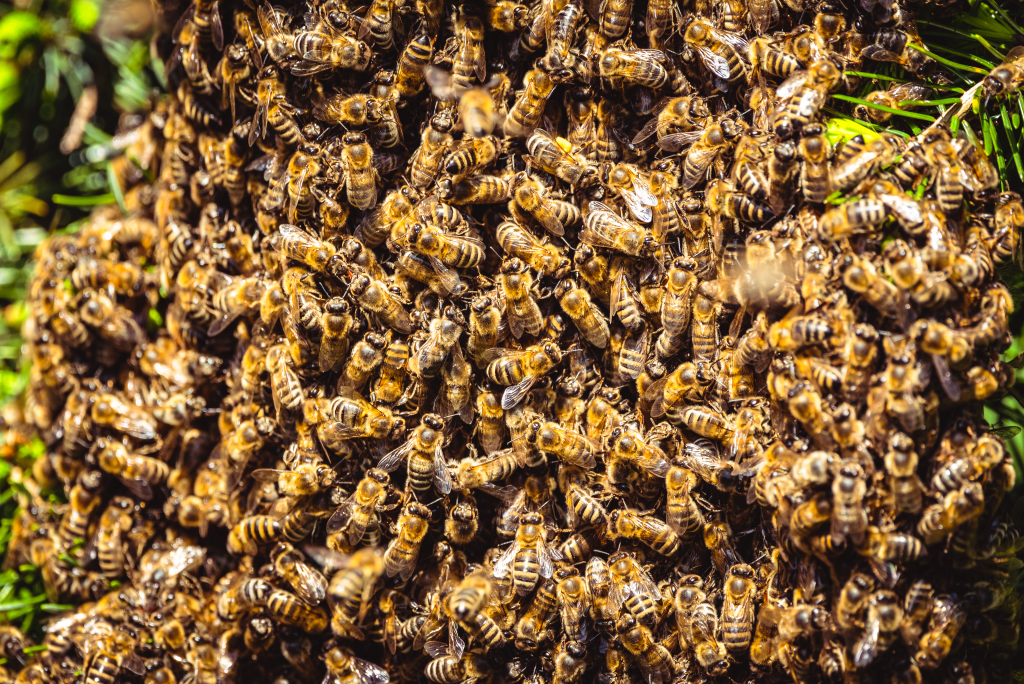
Scout bee is a type of honey bee that searches for new nesting sites for honey bees when they are ready to swarm.
There are only a few species of honey bees that perform this swarming and scouting behavior, including Apis mellifera and Apis cerana. In general, other kinds of bees do not swarm and do not have scout bees[1].
What Do Scout Bees Do?
When the colony is ready to expand from its current nest, scout bees search for new nesting sites. A nest becoming overcrowded can lead to disease spreading, and the bees will not be able to store enough food to survive.
This process of finding a new nest is called swarming, in which scout bees break away from the colony and find a new nest on their own.
Scout bees search for cavities in trees or other structures where they will be protected. It is also common for scout bees to search for honeycomb that has been left over from previous nests.
In this way, scout bees are able to conserve resources by reusing honeycombs instead of building new ones.
Upon finding a new nest site, scout bees return to their current nest and perform their waggle dance in order to communicate the location of the new nest site. [2]
Scout bees dance in a particular direction to indicate which direction the new nest site is located relative to the sun. The duration of the scout bee dance indicates the distance to the new nest site.
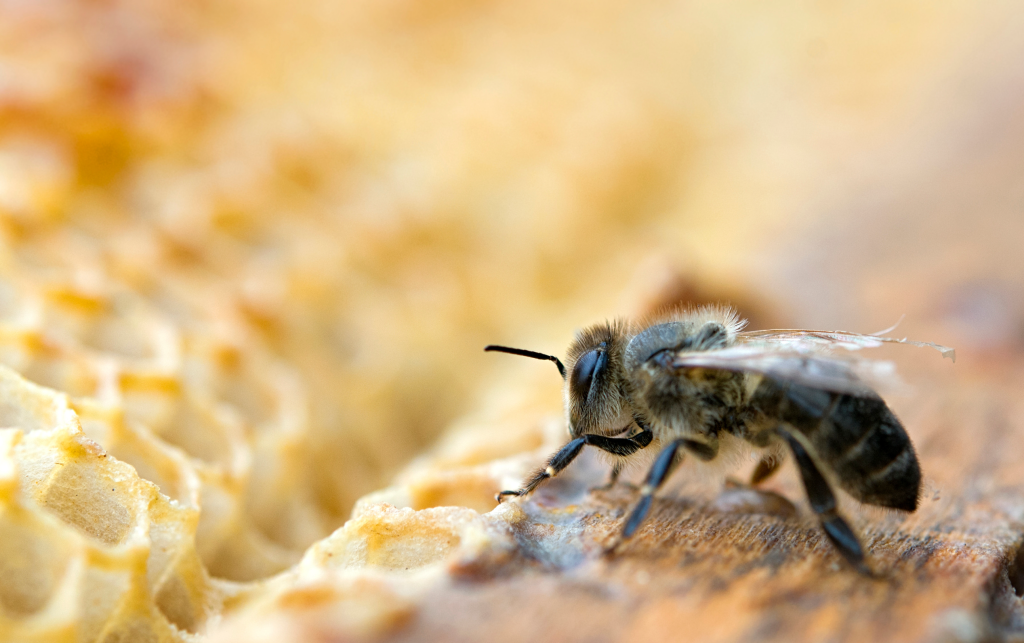
To evaluate the new nest site, the scout bee gathers other scout bees to observe it. In the event that the other scout bees like the new nest site as much as it does, then they will also return to the nest and perform their waggle dance to inform the rest of the nest to locate the new nest site.
It is typical for bees to wait until approximately 80% of their scout bees have agreed on a new nest site before swarming.
Once 80% of the scout bees agree on the new nest site and are all dedicated to moving the bees there, they guide the rest of the bees to the new nest site by flying towards it over the rest of the bees.
Why Are Scout Bees Important?
Scout bees are of critical importance, since honey bee colonies would not be able to expand into new areas without them, and instead would remain in their existing nests.
The nest would then become overburdened with bees as they reproduce, potentially spreading disease and causing the bees to be unable to store enough food.
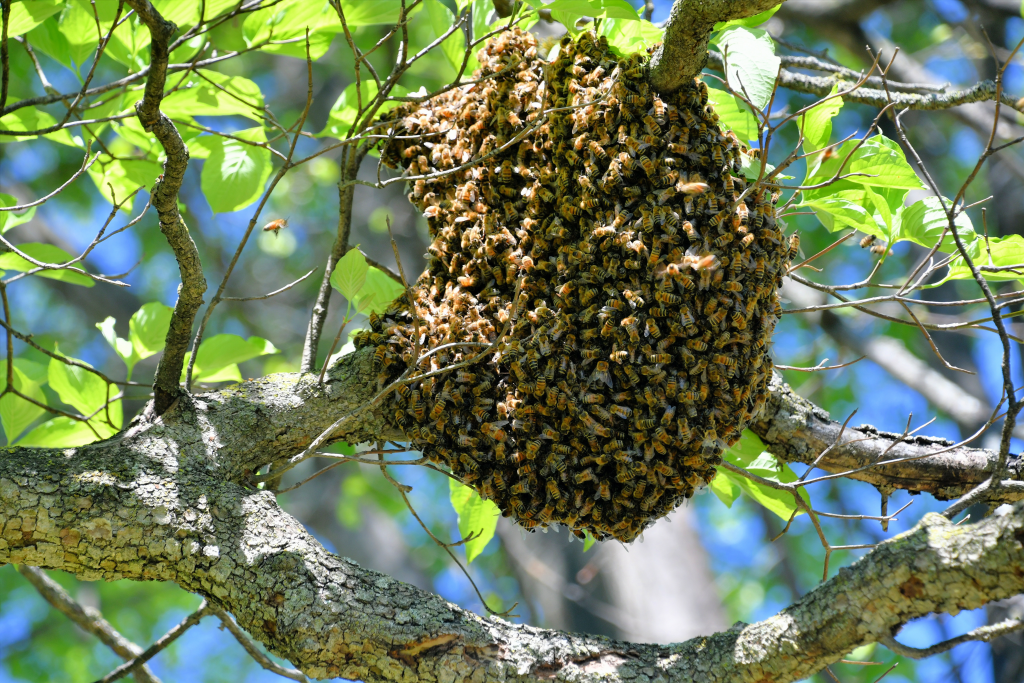
When scout bees and other honey bees swarm, they only have access to the food stored in their stomachs, as they have left their previous nesting site. Therefore, scout bees play a crucial role in finding a new nesting site for the bees before they run out of food.
How to Identify a Scout Bee
A scout bee can be identified by its thick, hairy, oval-shaped body, which is dark brown in color with yellow stripes. Since scout bees appear similar to worker bees, their behavior is the primary method of identifying them.
Additionally, scout bees can be identified by their signature waggle dance, which they perform in order to show other bees where potential nesting sites are located.
Typically, scout bees fly around in small groups or individually in search of new nesting sites. Scout bees fly in distinct patterns in the air, resembling a figure eight with small wiggles, somewhat like a sine wave, where the figure eight crosses.
How Many Scout Bees Are in a Swarm?
Up to 500 scout bees are present in a typical swarm of approximately 10,000 honey bees. Scout bees are an integral part of a swarm, since without them, the swarm would not be able to locate a new nest and would be displaced.
What Happens During Swarming?
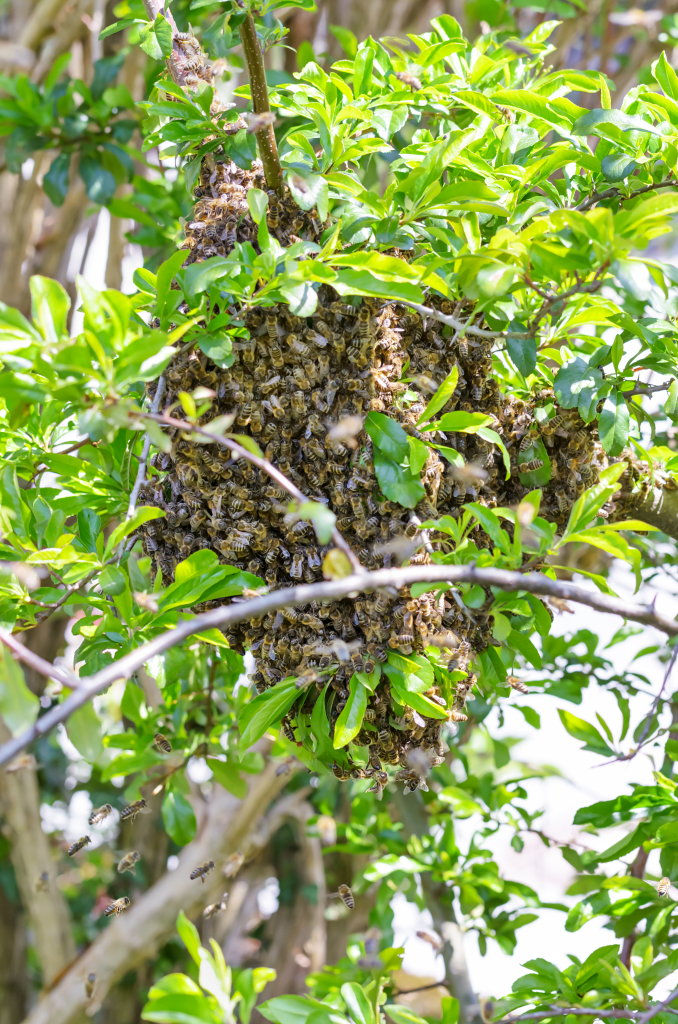
Swarming occurs when scout bees find an appropriate location for a new nest. The scout bees return to the current nest to inform the other bees where the new nest will be.
Once the scout bees have found the nest, they lead a group of bees from the colony to it. Swarms are essentially a group of bees that are assembling and preparing to move to a new nest that the scout bees have discovered.
As soon as the scout bees and the rest of the colony have moved into the new nest, they begin building new honeycombs for storing honey and laying eggs. All of the normal processes of honey bee life are repeated in their new home.
How Do Scout Bees Get the Swarm to Move Over to the New Nest?
Through the waggle dance, scout bees suggest new nesting sites to their fellow scout bees. Depending on a number of factors, the other scout bees choose whether or not to accept the proposed nesting site.
In the event that they like the nesting site, the scout bees will repeat the same waggle dance as the first scout bee.
This waggle dance will cause other scout bees to investigate it. Once the scout bees have settled on the new nesting site, they continue dancing in order to inform the other bees of the new location.
During the swarming process, the temperature of the cluster of bees increases, causing the cluster to break apart and begin flying. In order to guide the other bees to their new home, the scout bees fly among them and over them.
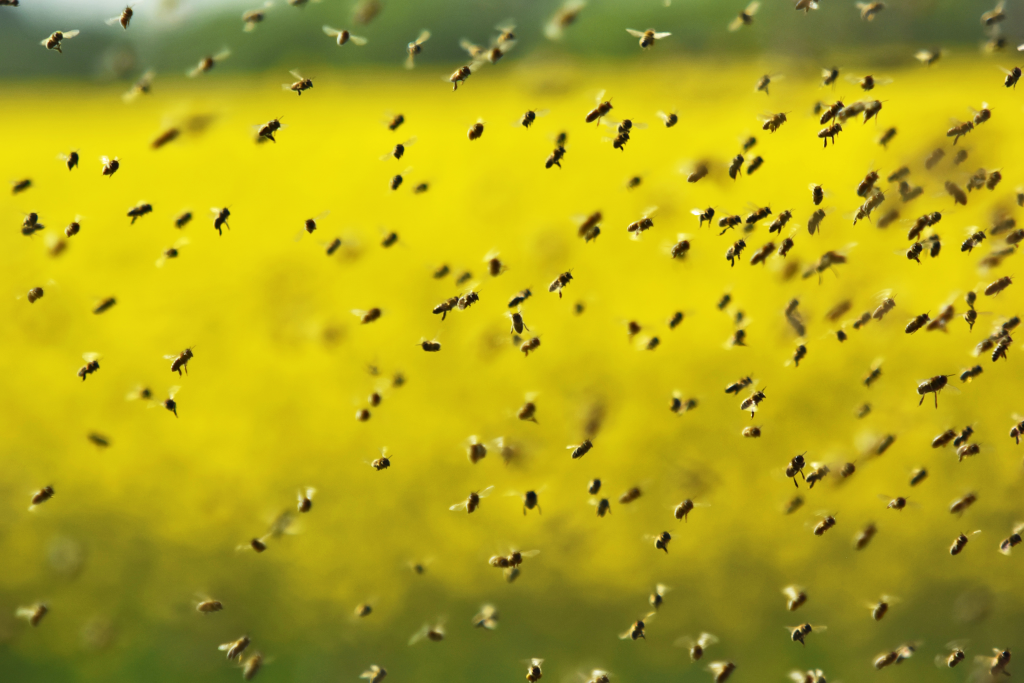
Additionally, scout bees use their flight muscles to produce high-pitched sounds to signal their imminent movement to other worker bees.
When the swarm arrives at the nest site, the scout bees surround the opening of the nest and direct the other bees to it.
It is possible that the swarm will reject the new site that the scout bees have selected. In this case, the swarm moves to another location, and the scout bees select a new nesting site once again.
How to Tell if Scout Bees Are Scouting or Swarming?
By observing the number of bees in the group, one can identify scouting bees from a swarm of bees. Typically, scouting bees fly around looking for nesting sites, travelling in small groups or on their own.
In contrast, swarming bees, including scout bees, are observed in large numbers near the previous nesting site or flying in large numbers to the new nesting site.
A swarm of bees usually clumps up by hundreds surrounding a new queen and appears more like a solid mass of bees rather than a number of individual scout bees.
When the bees are not out in the open, it is more difficult to determine whether or not they are scouting or swarming. As scout bees are looking for new nesting sites, they typically fly over a wider area than swarming bees.
If swarming bees are hidden in a crevice, they will be concentrated in a single area, coming and going only through one specific hole. [3]
Which Part of the Year Are Scout Bees Active?
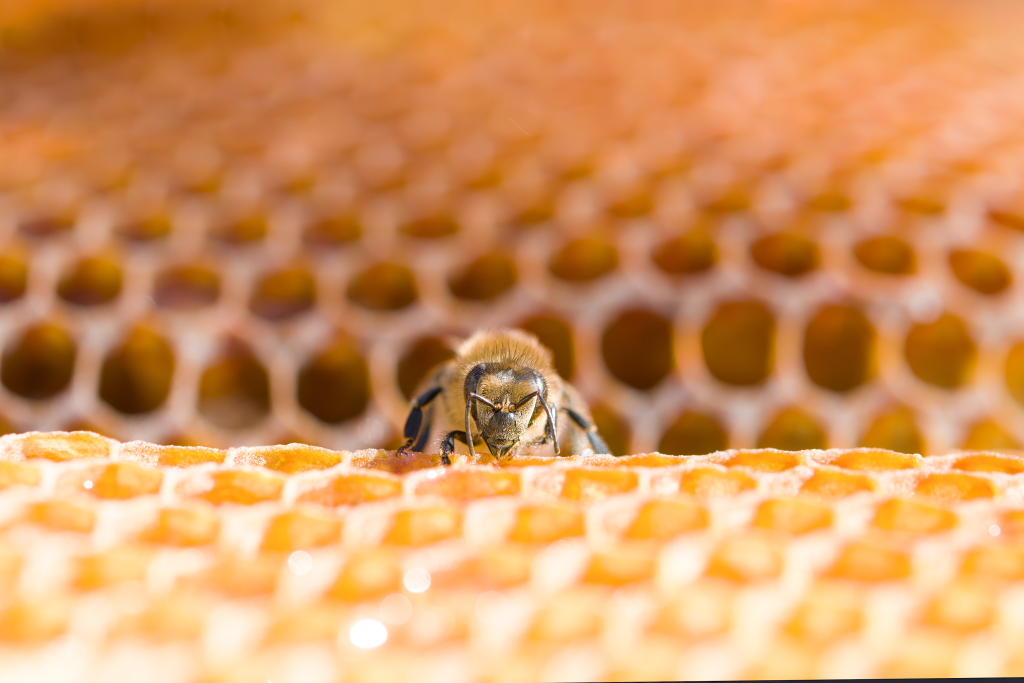
Scout bees can be active at any time of the year, but will become most active just before a swarm is about to emerge.
The swarm occurs when the population of the bee colony to which the scout bee belongs grows to such an extent that there is no longer space for the bees to live within their previous hive.
This population growth is because the queen is perpetually producing new worker and drone bees, as well as new queen bees.
Scout bees typically begin searching for a new nesting site as soon as new queen bee eggs are laid. This is because new queens must find a place to raise their own colonies.
As they prepare to swarm, the scout bees simply locate a safe place where the bees can gather and wait for new nesting sites to become available.
Leaving their food stores and safety behind, the bees gather in a cluster near the original nest. Due to the risk involved, swarming occurs only when an adequate number of young worker bees are ready to leave the initial hive.
Diseased or small colonies will not swarm until enough offspring have been produced to enable them to safely leave the nest, confident that the remaining bees will survive without them.
Sources
[1] Wikipedia [2] Wikipedia [3] academic.oup







